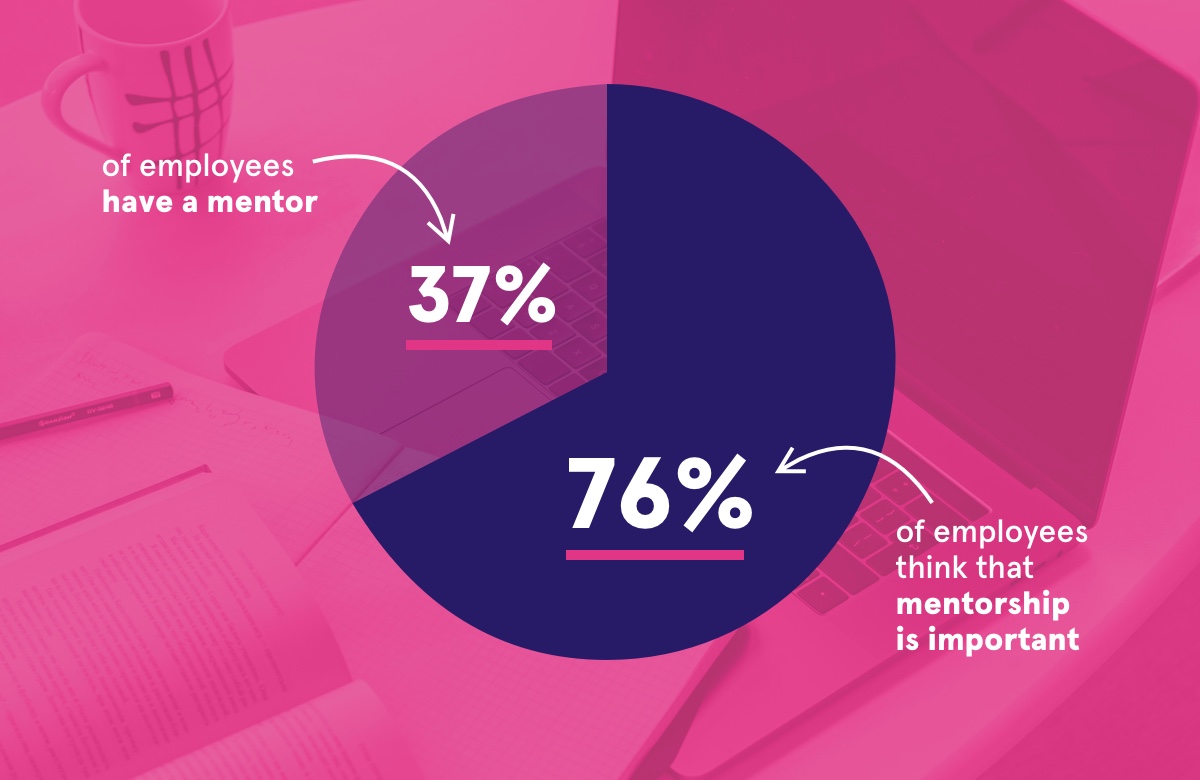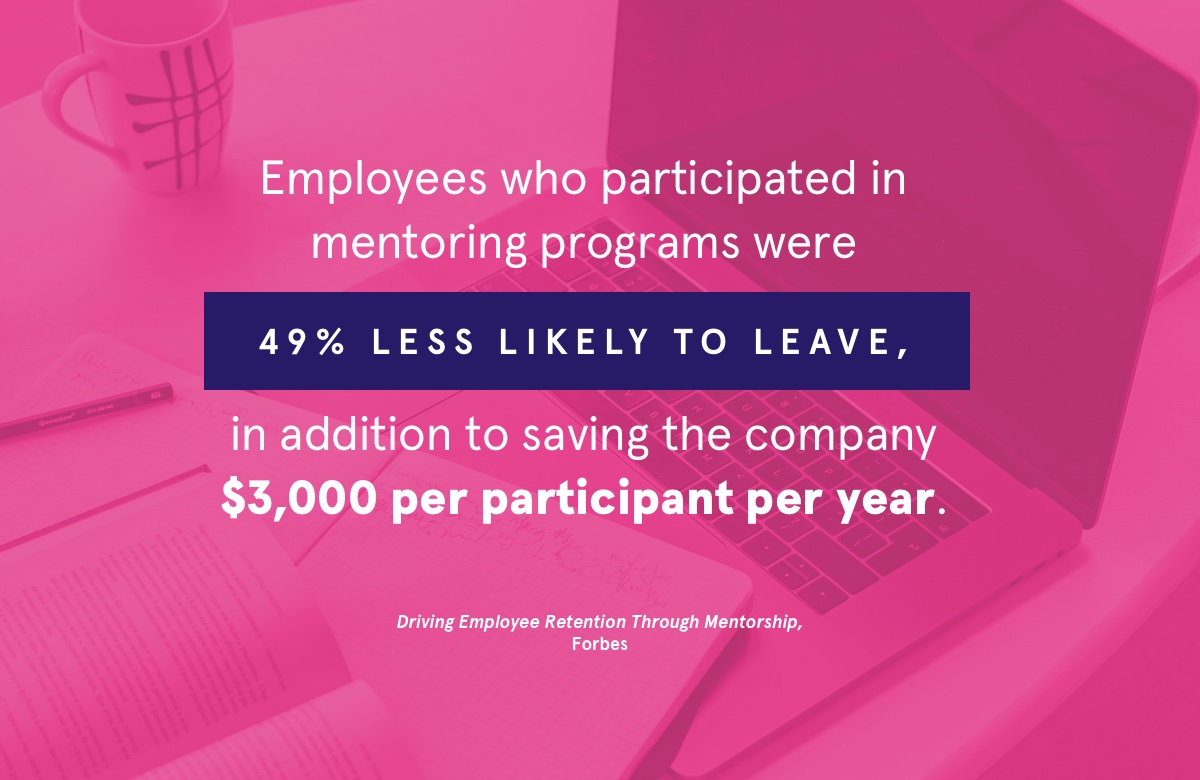Exploring the Power of Mentorship Programs
Generally speaking, 76% of employees think that mentorship is important. However, only 37% of employees have a mentor. A 2023 Forbes article defined mentorship as “a dynamic relationship where a more experienced employee provides guidance, support and knowledge to a less experienced employee.”
In the realm of higher education, mentorships can provide a variety of benefits. For example, an experienced employee can pair with someone new to the job to create an open communication line and allow for much-needed support and conflict resolution right from the start. Mentorships can also create meaningful conversations regarding the job and boost productivity.
During recruitment, efforts that aim to secure top talent within the industry are taken to the next level when mentorship programs are present. New hires in higher education can benefit greatly by having a support system to fall back on while navigating a new working environment and the opportunity to share concerns and ask questions over time.
This can be particularly attractive to those who have never worked in higher education before or who are still new to their career, effectively providing the unique opportunity to gain valuable insight and guidance on the position from a seasoned individual.
It’s imperative to note that the value of mentorship can go both ways. According to one UC Davis HR post, mentees “have an opportunity to gain practical knowledge and insight from a seasoned employee who has achieved a level of expertise they aspire to attain.”
Mentors, on the other hand, can expand their professional knowledge and skills at the same time. The organization “has the opportunity to develop further and disseminate the wealth of talent, skill and knowledge of its employees.”
Regarding the powerful impact of mentorship in the workplace, one case study at Randstad found that employees who participated in mentoring programs were 49% less likely to leave. The same study noted that these programs saved the company $3,000 per participant per year.






